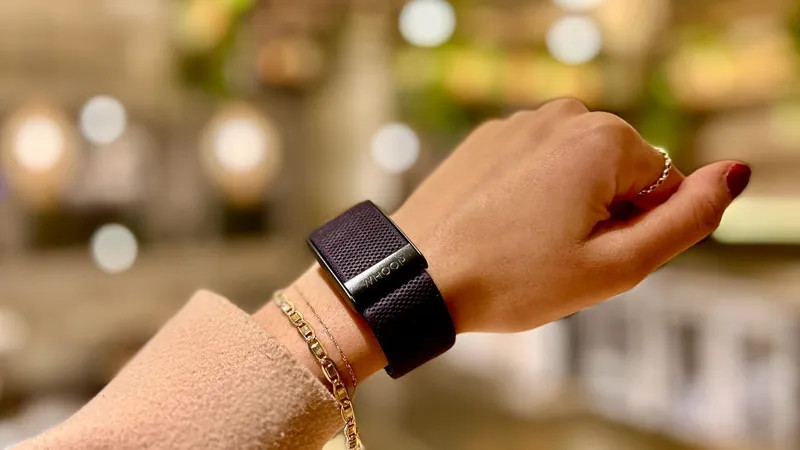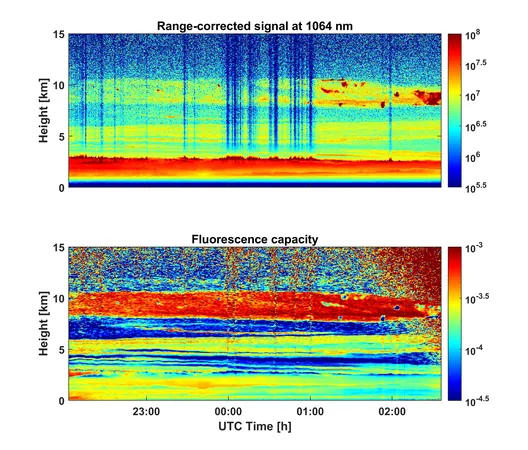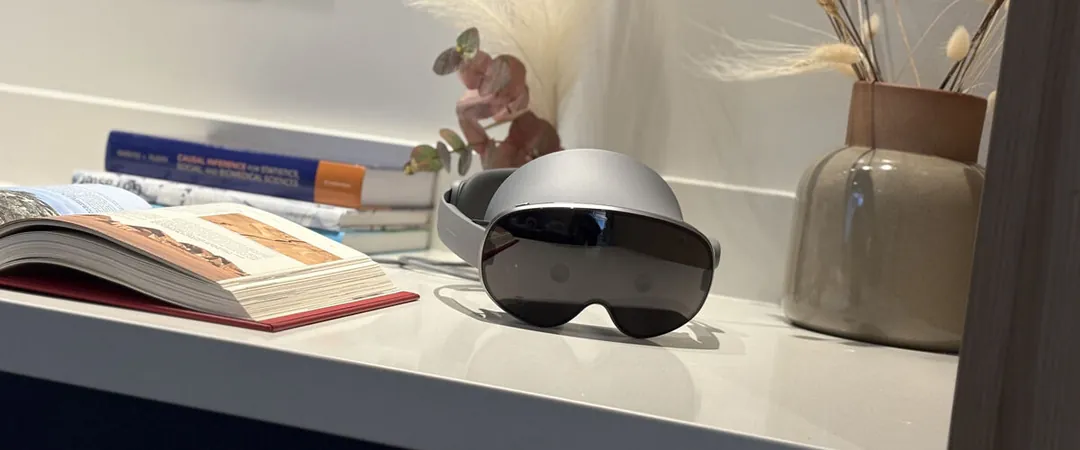
New Wearable Tech Breakthrough Could Revolutionize Early Detection of Fertility Issues – No Needles Required!
2024-12-27
Author: Wei
Introduction
A game-changing study from fitness wearable company Whoop reveals that its innovative screenless wristband has uncovered a groundbreaking 'novel biomarker' for monitoring menstruation, potentially allowing for earlier diagnoses of fertility and reproductive health issues – all without the discomfort of needles.
Understanding the Novel Biomarker
The menstrual cycle induces significant fluctuations in vital signs such as body temperature and heart rate, but Whoop's recent research, published on Monday, suggests that the amplitude—essentially the extent of these changes—provides deeper insights than previously understood.
Study Findings
In a comprehensive study involving over 11,500 women and analyzing 45,000 menstrual cycles, it was found that a suppressed amplitude correlates with factors commonly associated with decreased fertility, such as a higher body mass index (BMI) and advanced age. Will Ahmed, Whoop’s Founder and CEO, stated in an X thread, "This non-invasive marker could help identify reproductive health issues earlier, cutting time to diagnosis."
Health Implications
The implications are significant: changes in menstrual cycles can serve as indicators of potential health problems, including hormonal fluctuations linked to serious disorders. The study highlights that women with irregular menstrual cycles are at an elevated risk for chronic conditions like coronary heart disease, certain cancers, and osteoporosis. Typically, recognizing these irregularities can be a lengthy process, often taking months before an individual observes a pattern.
Revolutionizing Diagnosis with Wearable Technology
Whoop's findings propose that the irregularities detected by wearables could streamline the diagnosis process, making it faster and less invasive, eliminating the need for blood tests or cumbersome medical examinations.
Continuous Monitoring of Health
Wearable technologies continuously track cardiovascular metrics, such as resting heart rate and heart rate variability, with variations known to occur throughout the menstrual cycle. This innovative combination of wearable tech and cycle tracking presents an unprecedented opportunity to continuously monitor health throughout a woman’s reproductive life, thus allowing for earlier identification of menstrual irregularities.
Data-Driven Discoveries
"This discovery was driven by our 24/7 data collection and global outreach. Over 1 million days of data allowed for insights that are simply unattainable without continuous wearable technology," Ahmed elaborated.
Growing Trend of Wearable Tech
The wearable tech trend is only gaining momentum, with smartphone apps increasingly utilized for menstrual tracking. Between April and December 2021, the three leading tracking apps alone witnessed an astounding 250 million downloads. The trend is likely to escalate further as more devices, like smart rings, integrate with fertility applications, such as Natural Cycles.
Conclusion
As awareness and technology advance, Whoop’s findings could bring about a paradigm shift in how women and healthcare providers approach reproductive health, transforming the landscape of early diagnosis and proactive management of fertility issues. Could this be a leap towards empowered healthcare for women everywhere? Stay tuned as we watch this unfold!





 Brasil (PT)
Brasil (PT)
 Canada (EN)
Canada (EN)
 Chile (ES)
Chile (ES)
 Česko (CS)
Česko (CS)
 대한민국 (KO)
대한민국 (KO)
 España (ES)
España (ES)
 France (FR)
France (FR)
 Hong Kong (EN)
Hong Kong (EN)
 Italia (IT)
Italia (IT)
 日本 (JA)
日本 (JA)
 Magyarország (HU)
Magyarország (HU)
 Norge (NO)
Norge (NO)
 Polska (PL)
Polska (PL)
 Schweiz (DE)
Schweiz (DE)
 Singapore (EN)
Singapore (EN)
 Sverige (SV)
Sverige (SV)
 Suomi (FI)
Suomi (FI)
 Türkiye (TR)
Türkiye (TR)
 الإمارات العربية المتحدة (AR)
الإمارات العربية المتحدة (AR)